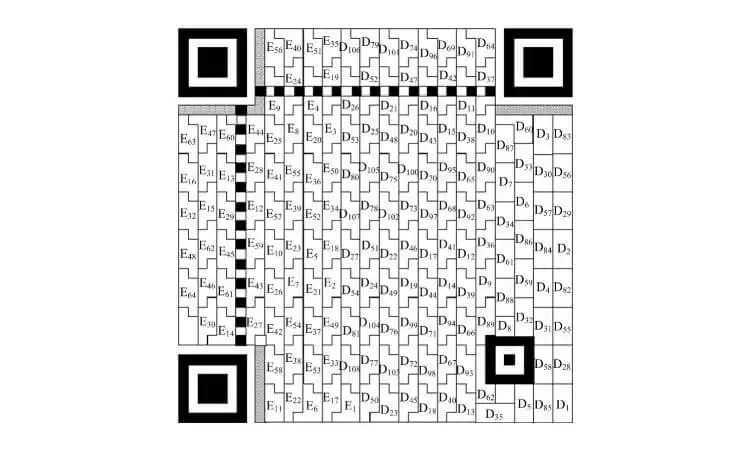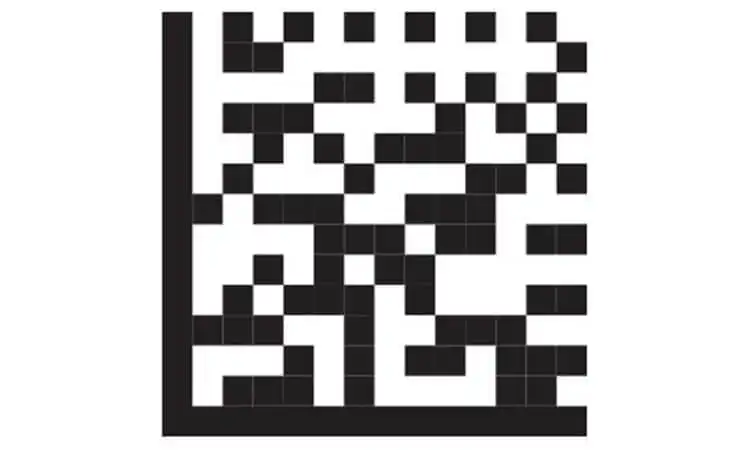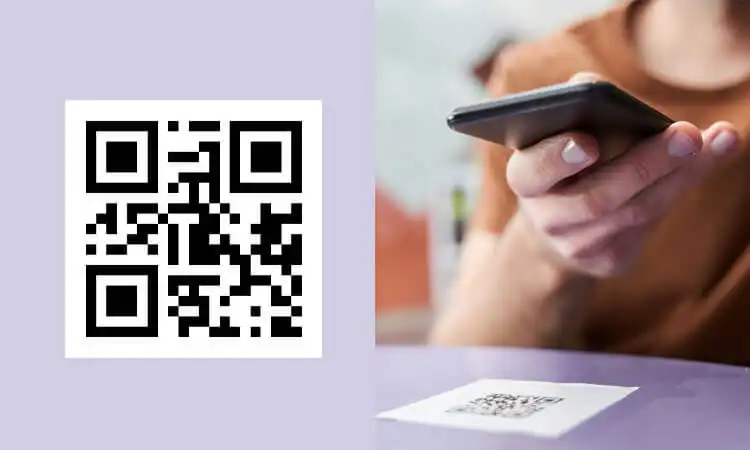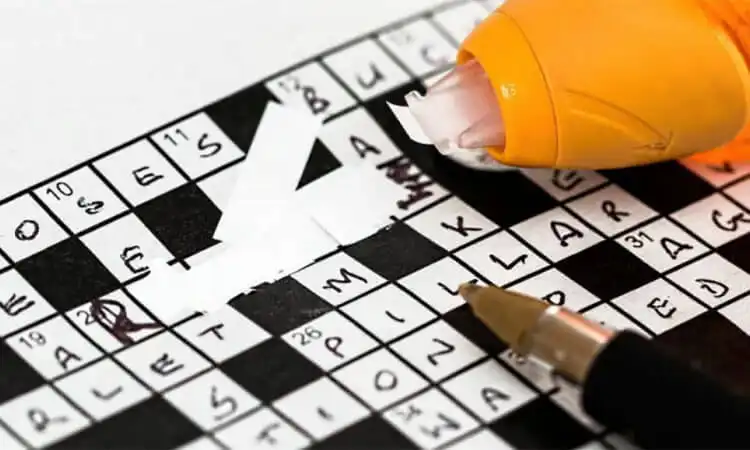QR (Quick Response) codes are widely used for various applications, such as marketing, inventory management, and payment systems. QR codes are a type of two-dimensional barcode that can store a significant amount of information, such as text, URLs, and images. Unlike traditional barcodes that only store information horizontally, QR codes can store information both horizontally and vertically, allowing them to hold a lot more data. However, QR codes are susceptible to errors due to various factors, such as printing quality, environmental conditions, and scanning devices. To address this issue, QR codes use error correction techniques that enable them to be read even if partially damaged or distorted.
What is Error Correction?
Error correction is the process of adding redundancy to data to ensure that it can still be read even if some of the information is lost or corrupted. In the case of QR codes, error correction ensures that the code can still be scanned and decoded, even if it is damaged or partially obscured.
How Does QR Code Error Correction Work?
QR code error correction is the process of detecting and correcting errors in data transmission using the Reed-Solomon error correction algorithm. This mathematical method adds redundant data to the QR code. This redundant data can be used to reconstruct the original data even if some parts of the code are missing or corrupted. The amount of redundant data added to the code depends on the QR code error correction level the user selects.

QR code error correction explanation: QR codes have four error correction levels, namely Level L (Low), Level M (Medium), Level Q (Quartile), and Level H (High). Each level contains a different amount of redundant data that can be used to recover data when errors occur during transmission. Level L can recover up to 7% of data, Level M can recover up to 15% of data, Level Q can recover up to 25% of data, and Level H can recover up to 30% of data.
How to Determine the QR Code Error Correction Level?
If you’re unsure about the error correction level of a QR code, you can find it by looking at the error correction area. This area is located in the bottom left portion of the code beside the lower eye. The error correction level is indicated by the shading of the code in this area. The error correction level is Level L if the code is fully shaded. If it’s halfway shaded at the bottom, it has a Level M error correction rate. If it’s halfway shaded at the upper area, it has a Level Q error correction rate. On the other hand, if the code at the bottom left portion beside the lower eye is not visible, it indicates the highest error correction level, Level H. This error correction level is ideal for QR codes that may be damaged or partially obscured.

If you need to generate a QR code with a high error correction level, it’s best to use a reliable QR code generator. QR TIGER is a trusted generator that creates QR codes with a Level H error correction rate. It offers safe and secure QR codes suitable for personal, industrial, and manufacturing use. QR TIGER also has an ad-free and user-friendly interface that allows users to create unique QR code designs that stand out from traditional black and white QR codes.
Benefits of QR Code Error Correction
QR codes are used for various purposes, and one of the benefits of looking at a QR code’s error correction area is determining its intended use. By analyzing the error correction rate, users can distinguish if the QR code is for personal, marketing, or industrial use.
Measuring QR Code Damage-Resistance
The error correction area of a QR code can also help measure its resistance to damage or dirt. This feature is especially helpful for companies and marketers who can save funds by choosing the right error correction feature to implement in their QR codes.
Saving Money and Resources
By selecting the appropriate error correction feature for their QR code, companies and marketers can save money and resources for future campaigns. This feature also reduces the need to print more QR codes, which helps save the environment by reducing paper usage.
Educating People about QR Code Error Correction
Understanding how QR code error correction works can help enlighten others if you are a tech enthusiast. Sharing your knowledge about the error correction feature can increase your understanding of QR codes and make you an expert.
Securing Information with QR Code Error Correction
QR codes are becoming increasingly popular for their scan-ability capability, and to ensure this, tech experts improve the error correction feature. This feature enhances the QR code’s structure and secures information at its best.
Examples of QR Code Error Correction in Action
Imagine you are scanning a QR code on a product package, but the code has been partially obscured by a sticker. Without error correction, the code might be unreadable, and you would be unable to access the information it contains. However, with error correction, the scanner can still read the code, even if some of the data is missing.

Another example is scanning a QR code on a poster that has been placed in direct sunlight for an extended period. The sunlight can cause the code to fade or become distorted, but the code can still be read accurately with error correction.
Which Level of Error Correction Should I Use?
The level of error correction you should use depends on the intended use of the QR code. For example, if the code will be printed on a product label that will be exposed to the elements, a higher level of error correction should be used to ensure that the code can still be scanned, even if it is damaged or faded.
On the other hand, if the code is going to be displayed on a digital screen, a lower level of error correction may be sufficient since the code is less likely to be damaged.
Data Matrix vs. QR Code Error Correction: Understanding the Differences Between Data Matrix Codes and QR Codes
Both Data Matrix codes and QR codes use the Reed-Solomon Error Correction algorithm to ensure error correction capabilities. This algorithm adds backup data to the code to ensure it can still be read even if some parts of the code are damaged. However, there are some differences between the two codes that make them more suitable for different applications.
Data Matrix Codes for Fault-Tolerance
Data Matrix codes provide up to 30% automatic error correction, making them more fault-tolerant than QR codes. This means that Data Matrix codes can still be read even if one-third of the code is damaged. Additionally, Data Matrix codes are readable at contrast as low as 20%, making them suitable for applications where low contrast is a concern.
QR Codes for Easy Scanning
QR codes have an error correction feature that allows scanners to read them accurately, even if some parts of the code are damaged or unreadable. QR codes are also omnidirectional, meaning scanning devices can read them from any angle. This makes them suitable for applications where ease of scanning is important.
Best Practices for QR Code Error Correction
To ensure that your QR codes are readable and error-free, here are some best practices to follow:
- Choose the appropriate error correction level based on the intended use of the QR code. For example, a code used for payment systems should have a higher error correction level than one used for marketing purposes.
- Test the QR code in different environments and scanning devices to ensure its readability. Factors such as lighting, distance, and angle can affect the scanning performance.
- Use high-quality printing materials and techniques to ensure the QR code is printed clearly and accurately.
- Avoid resizing or distorting the QR code, which can affect its readability and error correction capabilities.
- Monitor the QR code’s performance regularly and update it if necessary. QR codes can become obsolete, and their error correction capabilities may degrade over time.
QR codes are a powerful tool for sharing information, but they are not infallible. Error correction is an essential component of QR code technology that ensures that the codes can still be scanned and decoded, even if they are damaged or partially obscured. Users can ensure that their QR codes are reliable and effective by understanding how error correction works and choosing the appropriate error correction level.
Frequently Asked Questions (FAQs)
-
Which error correction level is best for QR codes?
QR codes have four levels of error correction, ranging from Level L (7%) to Level H (30%). The most suitable error correction level for a QR code depends on the specific use case. For instance, a lower error correction level may suffice if the QR code is used in a high-contrast environment. However, a higher error correction level is recommended for applications where the QR code may be damaged or partially obscured.
-
What is Reed-Solomon error correction in the QR code?
Reed-Solomon error correction is the algorithm utilized in QR codes to ensure readability even if some parts of the code are damaged. This algorithm adds backup data to the code, enabling the scanner to reconstruct the original data even if some parts of the code are unreadable.
-
Do barcodes have error correction?
Yes, some barcode types, such as Code 128 and Code 39, use error correction algorithms to ensure readability even if some parts of the code are damaged. However, not all barcode types have error correction capabilities.
-
Can QR codes be scanned incorrectly?
Yes, QR codes can be scanned incorrectly if the code is damaged or the scanner cannot read the code due to low contrast or other issues. In some cases, the scanner may misinterpret the data in the code, resulting in incorrect information being displayed.
-
What happens if a bad QR code is scanned?
If a bad QR code is scanned, the scanner may display an error message indicating that the code could not be read. In some cases, the scanner may misinterpret the data in the code, resulting in incorrect information being displayed. Ensuring that the QR code is undamaged and that the scanner is adequately calibrated to read the code is crucial.
-
What makes a QR code unscannable?
Several factors can make a QR code unscannable, such as low contrast, damage to the code, and improper placement or orientation of the code. Additionally, if the data in the code is corrupted or incomplete, the code may be unscannable.
-
What is the barcode correction algorithm?
The most common algorithm for barcode correction is Reed-Solomon error correction, which adds backup data to the code to ensure readability even if some parts of the code are damaged. Other algorithms, such as Checksum and Cyclic Redundancy Check (CRC), are also used in some barcode types.








